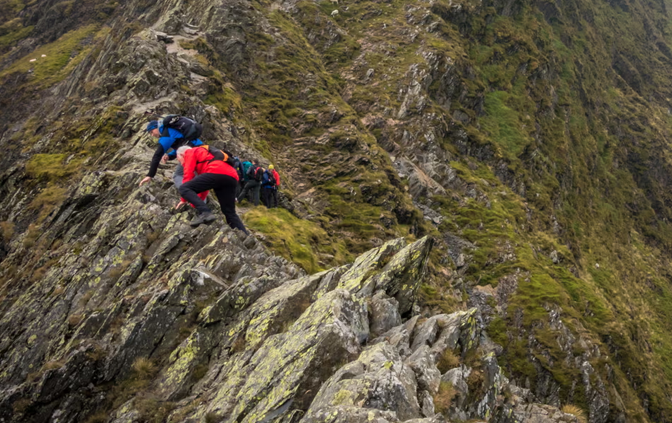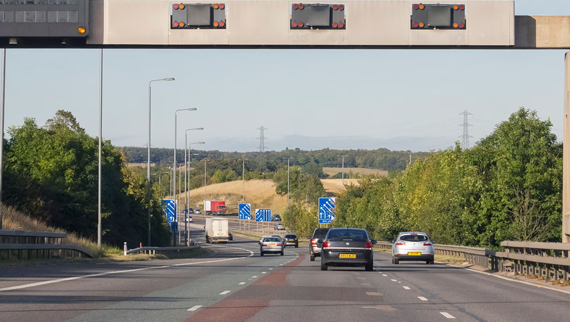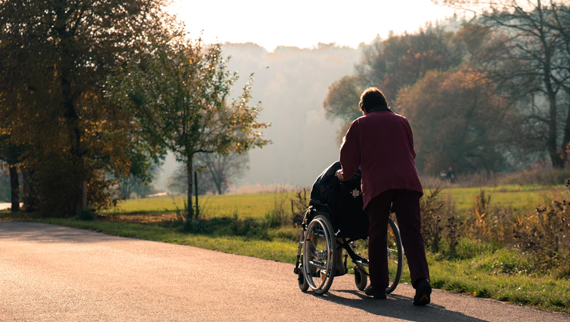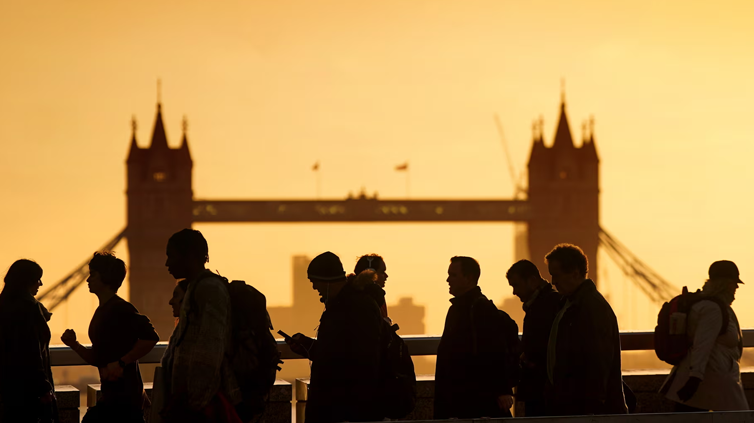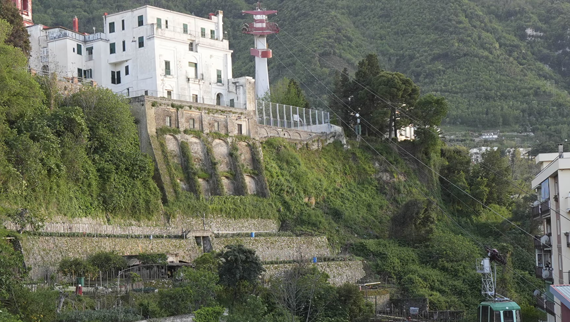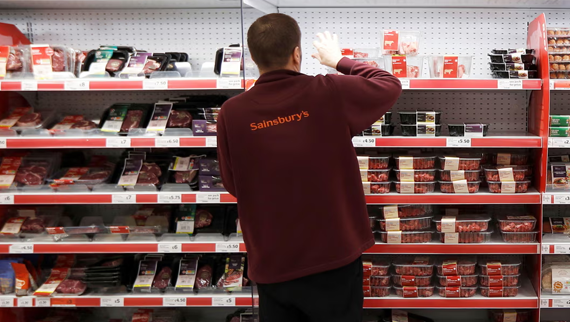Social media and map apps blamed for record rise in mountain rescue callouts
Social media and map apps blamed for record rise in mountain rescue callouts
Number of 18- to 24-year-olds needing help in England and Wales doubles in five years as services take calls every day in 2024
Number of 18- to 24-year-olds needing help in England and Wales doubles in five years as services take calls every day in 2024
Honeypot locations posted on social media and poor-quality navigation apps are likely to be responsible for a record number of callouts for mountain rescue services, including a huge rise in young people needing saved, analysis reveals.
For the first time, mountain rescue teams in England and Wales were called out every day of the year in 2024. Callouts in Scotland topped 1,000 for the first time.
Rescues jumped by 24% between 2019 and 2024, according to data from Mountain Rescue England and Wales analysed by Ordnance Survey and shared exclusively with the Guardian. The rise was most stark among the 18-24 age group, where rescues almost doubled, from 166 to 314.
Mountain Rescue put the increase down to the growth in popularity of “honeypot” locations – beauty spots and photogenic places popular on TikTok and Instagram – as well as younger people relying less on paper maps and more on apps that lack detail or do not work offline.
The chief executive of Mountain Rescue England and Wales, Mike Park, said it was hard to give a “definitive reason” for the rise in rescues among younger people, who have taken the top spot from the 50-54 age group, which fell slightly from 170 rescues in 2019 to 165 in 2024.
“But we know from incident reports that more and more people are tempted into risky locations by Instagram posts and the navigation apps being used aren’t always suitable for an outdoor environment,” Park said. “Add to that a tendency to follow popular routes online without knowing the hazards and context, and it’s not surprising that those likely to be relying most on their phones are the ones getting into difficulties.”
Though young people were responsible for the most callouts, older age groups were not immune. The 40-44 age group were the adults second most in need, with 196 callouts last year. Rescues of people aged 75-79 also doubled, though from a smaller base: from 56 to 112. The data also included 93 rescues of people over the age of 80, up from 75 in 2019.
Eryri (Snowdonia), the Lake District and the Peak District, were the busiest locations, followed by other national parks. There were also high callout locations in south Wales, Northumberland and Cornwall, Ordnance Survey said.
Separate data released by Scottish Mountain Rescue on Tuesday found teams were called out a record 1,000 times in 2024. There were 740 people and 17 animals rescued by the 25 civilian mountain rescue teams, three Police Scotland mountain rescue teams and one RAF mountain rescue team.
The fact that teams were called out every day of the year in England and Wales was only “part of the story”, said Park. “The busiest teams are often seeing multiple callouts running in parallel with all the demands that puts on unpaid volunteers, their employers, friends and families,” he said.
Mountain rescue teams in the Lake District, which had some of the busiest locations, told the Guardian in February they feared the rising number of callouts was not sustainable because of the increasing demands on volunteers, most of whom have full-time jobs.
Ordnance Survey said Good Friday was the busiest day of 2024 for walking, cycling or jogging outdoors, according to data from its app. Its managing director for leisure, Nick Giles, said a lack of preparation could “turn a wonderful day into a ruined and upsetting experience”.
Giles encouraged anyone planning to head to a remote area to have the OS Maps app and a paper map to “guarantee yourself a wonderful adventure without getting stranded or lost”.
Yorumunuz başarıyla alındı, inceleme ardından en kısa sürede yayına alınacaktır.


